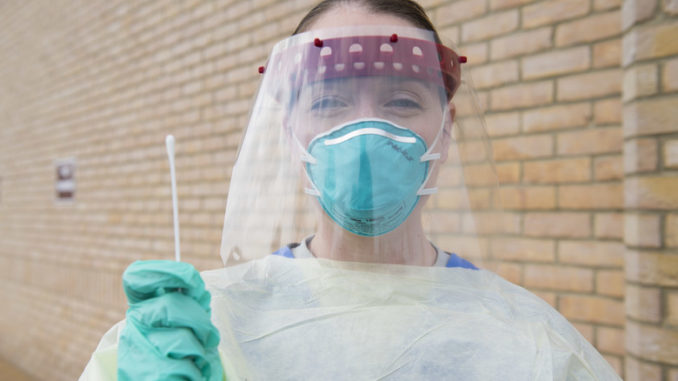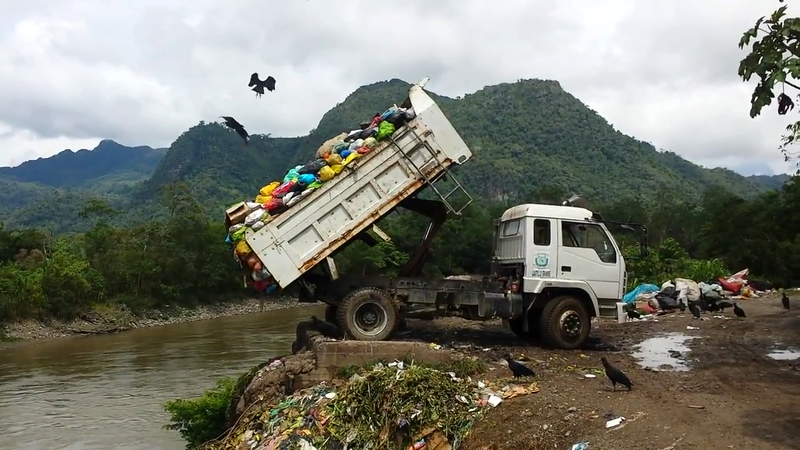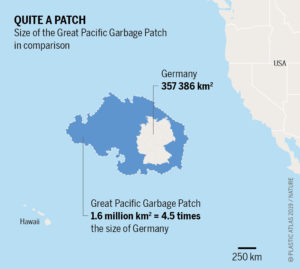
Proposal
This feature article will investigate the effect that COVID-19 has had concerning plastic waste within hospitals by looking from a perspective from inside the hospital system. This feature will not only provide a glimpse into how much plastic waste is being produced because of the COVID-19 pandemic, it will also compare against the pre-COVID-19 treatment and volume of plastic waste and aim to reveal the long-term effects it will have.
Sources
This article will feature an interview with a nurse currently working in the hospital system within New South Wales. The feature will also look to include an interview with a medical waste company, and an environmental scientist on the effect this will have in the environment and sustainability efforts within Australia and globally.
Target Audience & Publication
The chosen publication for this feature is The Australian. The tone and content of this feature is appropriate for this publication and the audience of The Australian is that which should find this subject interesting. The feature will take on a country-wide view, however will consider the impact of added medical and plastic waste due to COVID-19, globally. The Australian reaches a vast majority of people, the age group being from 25-54, and a total monthly viewing of 1.7 million.

Existing Research
In 2019, National Geographic investigated if medical care could exist without plastic, and revealed that within hospitals, the amount of plastic waste is 25 percent of the total waste produced. The article concluded by stating that no hospital could be truly zero-waste, but that plastic waste was something they could work on in the coming future. On March 26, The Verge published a story about how the amount of medical waste the COVID-19 pandemic is generating, going in to how there have been drastic changes regarding medical waste. In Wuhan, where the virus first emerged, the hospitals were generating six times as much medical waste at the time where it peaked. They mention how COVID-19 medical waste can be disposed of in the same manner as other medical waste, according to the CDC, but that newest element to consider was the medical waste from the public who are recovering at home or do not know that they are unwell. This suggests that plastic waste is not the only element to consider in the coming months. Forbes published an article on April 14 regarding the pandemic, plastic and the continuing quest for sustainability. The article details how because of COVID-19, producing virgin plastic is simply cheaper and many recyclable initiatives, as well as UN Sustainable Development Goals (SDG) and the aspiration of a circular economy have been challenged.
Multi-Media:
The multi-media that will be utilised for this feature will be imagery and graphs. The imagery will be from inside hospitals and will depict what the current reality is regarding waste, plastic protective gear and how they are disposed. Graphs depicting the rise of plastic use over COVID-19 and how they will affect global sustainability and environmental goals will be included.

The discussion regarding plastic and medical waste in the wake of COVID-19 is something that concerns macro factors, such as sustainability, global environmental wellbeing and the global economy, and micro factors such as the health of essential workers, from hospital staff to waste workers. The global pandemic has placed the world in unprecedented and unfamiliar times, in which the important factors of life before must still be considered, and certainly not forgotten.




Be the first to comment